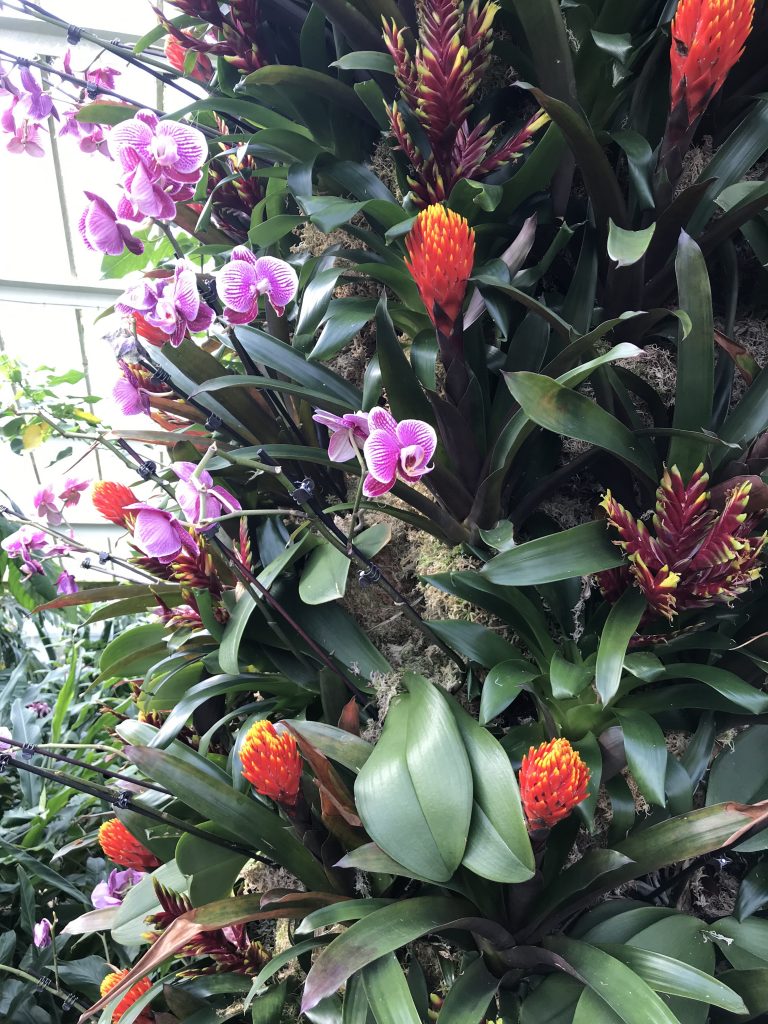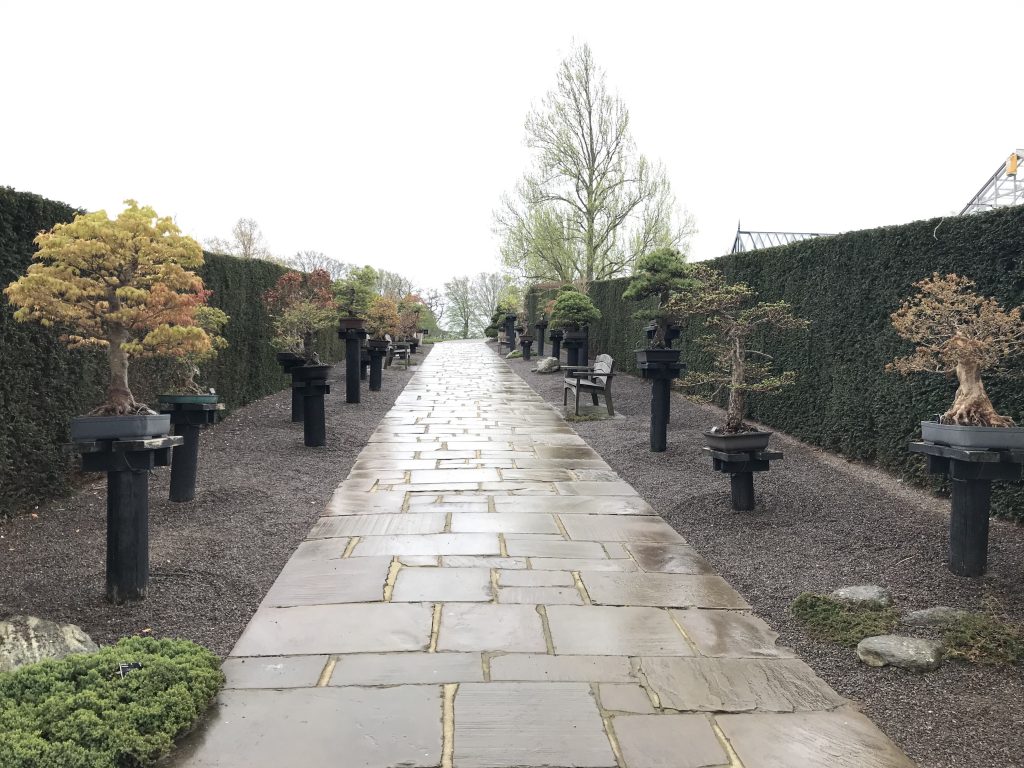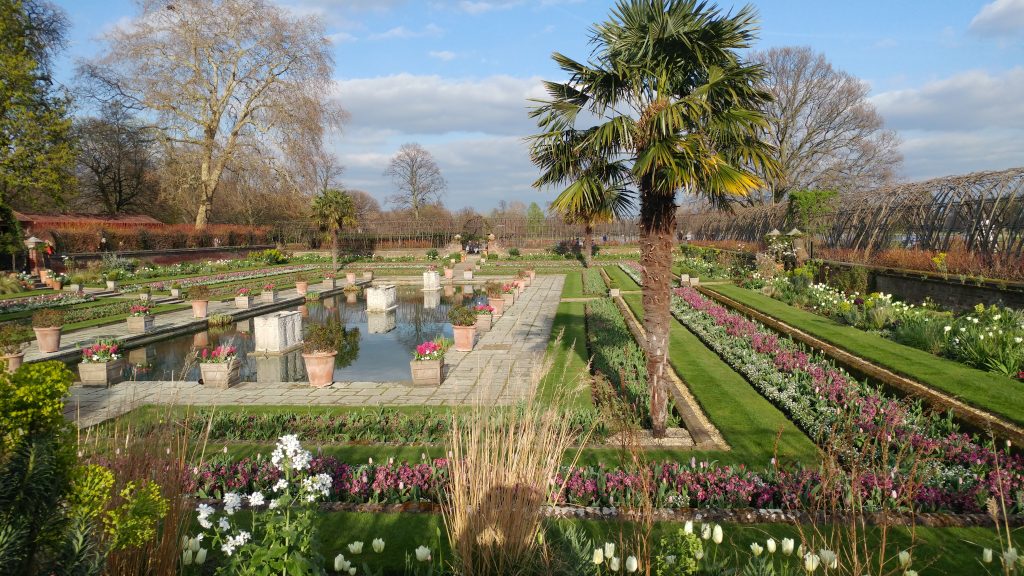(A friendly caveat – this post does not lend itself well to images. So the pictures here are simply eye candy from my 2019 trip to London to reward you for considering this visually drab but important topic.)

I’ve been involved in Extension education for 17 years and one of the most important things I’ve learned is that Extension audiences want information that’s easily understood and has obvious practical use. Most peer-reviewed research articles are written for academic audiences, so only the most persistent nonscientists will slog their way through pages of dense, technical writing. It’s up to Extension educators to accurately translate and summarize technical scientific information for use by the public.

Extension is part of the American land-grant university system and extends traditional academic teaching to citizens statewide (hence the term “extension”). In addition to providing seminars and workshops to interest groups, Extension publishes educational materials in-house and provides them at low or no cost to their clientele.

But here’s the problem: the standards for Extension publications are set by each university. Unlike the peer-review system adopted by reputable journal publishers, Extension publications can vary widely in quality. Some universities have adopted a system that parallels that of scientific journals in that they require double-blind peer review. But many universities have not – and this means that looking for Extension publications on a particular topic results in a collection of materials with contradictory messages. This is incredibly frustrating to confused nonscientists and to Extension faculty who have to sift through the mess to find publications that are relevant and science-based. As a result, Extension publications are often regarded with suspicion by both nonscientists and academic faculty (who often do not have the disciplinary expertise to sort through the mess). Since I was a traditional academic before entering Extension, I have a foot in both camps.

Nonscientists are probably not going to have the disciplinary expertise to tease out the good stuff from the dreck. But they can look for some indicators that will help them identify the most reliable publications. Here’s a checklist to start the process: the more “yes” answers you have, the better the chances are that the information is reliable.
- Is the author identified? Anonymous publications are not reliable.
- Is the author an expert? Expertise is determined by advanced degrees (at least a Master’s degree) in the subject matter.
- Is the publication peer reviewed? There should be a logo or a statement on the publication that says so.
- Is the publication relevant? High-quality Extension publications targeted towards commercial agricultural production are usually inappropriate for use in home gardens and landscapes.
- Is the publication current? Information relative to urban horticulture and arboriculture is rapidly changing. Publications over 10 years old likely do not contain the newest information.
- Are there scientific references included, either as citations or as additional readings?
As necessary as this process is for identifying reliable information, there can also be negative outcomes. Universities that do not have a rigorous process for publishing Extension materials put their Extension faculty into the uncomfortable position of having to defend their work when it’s questioned. It would benefit all parties for every land-grant university to institute a rigorous, peer-reviewed process for their Extension publications.
